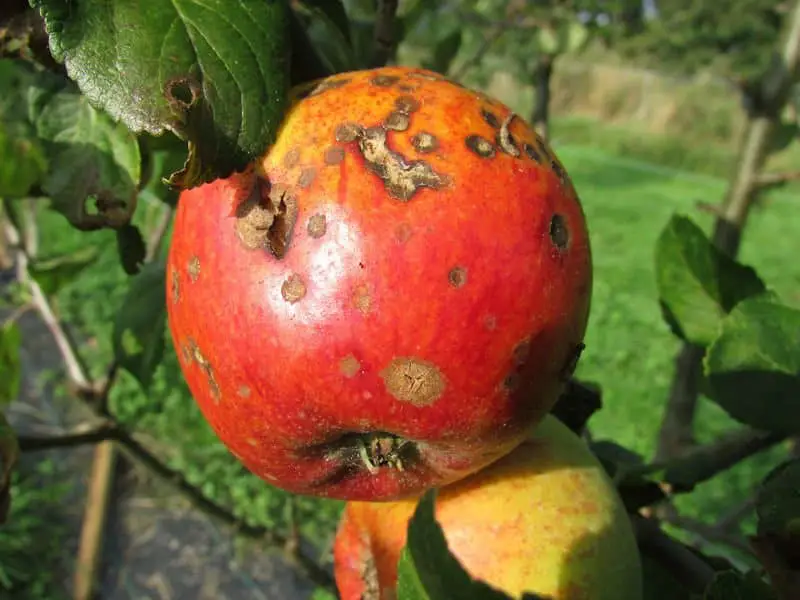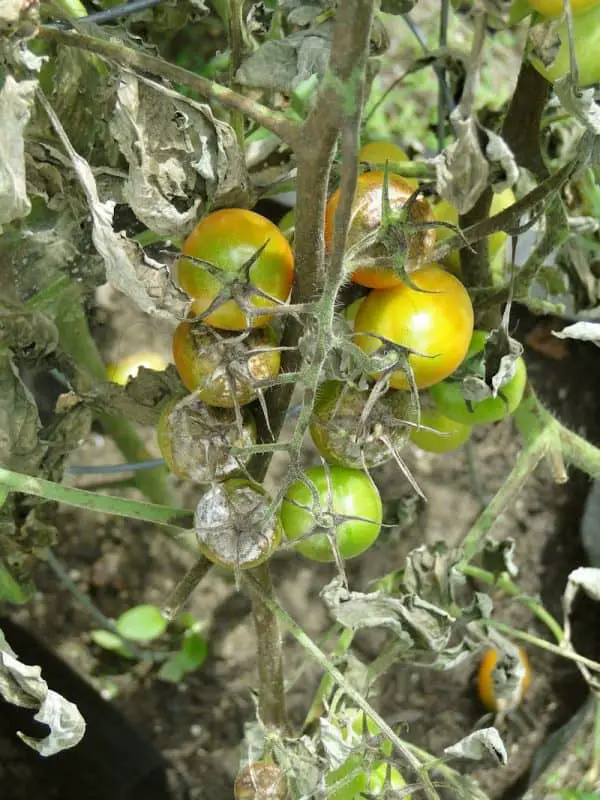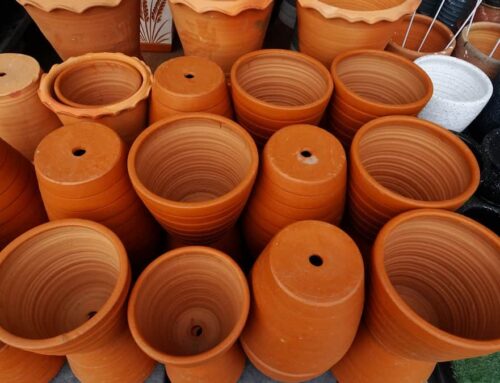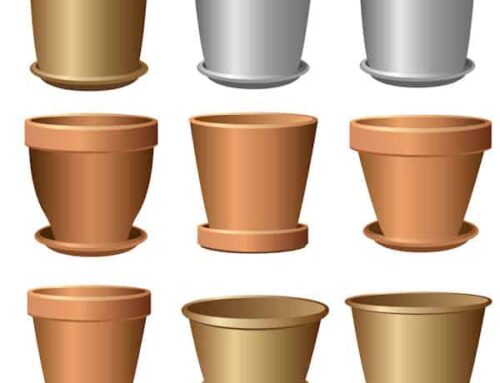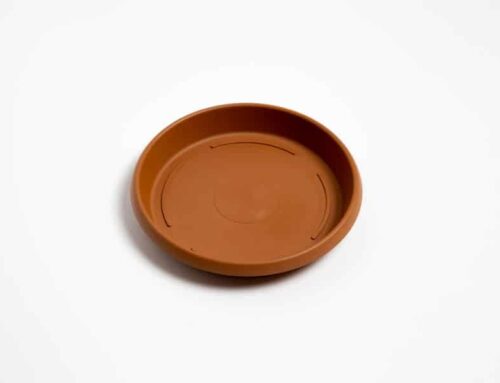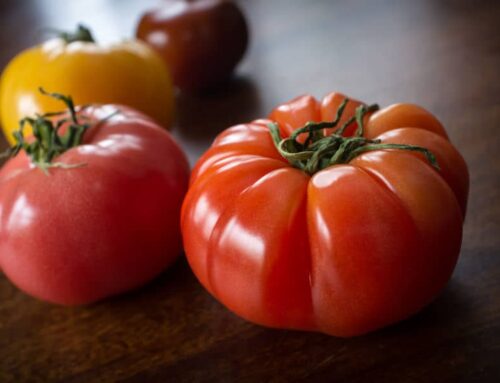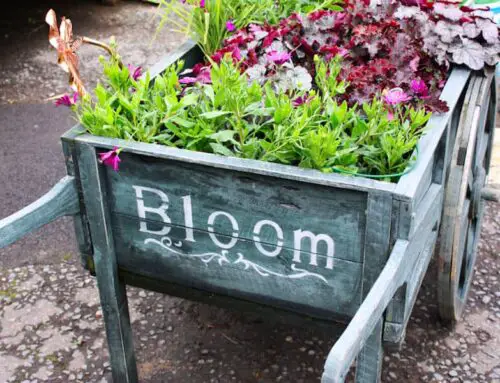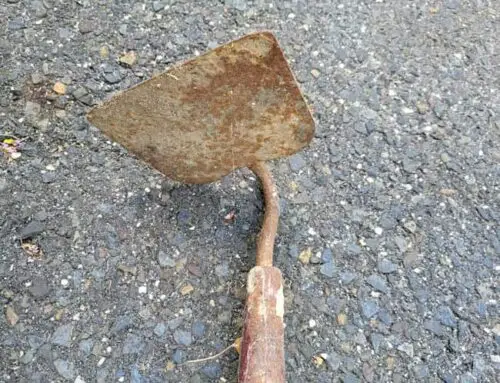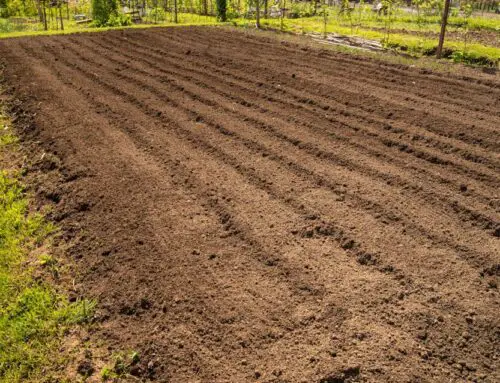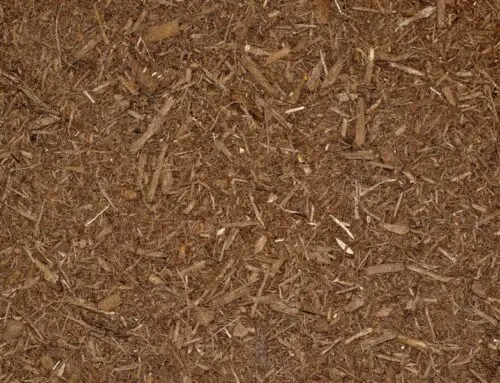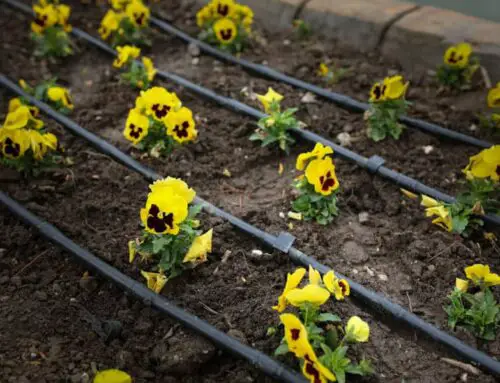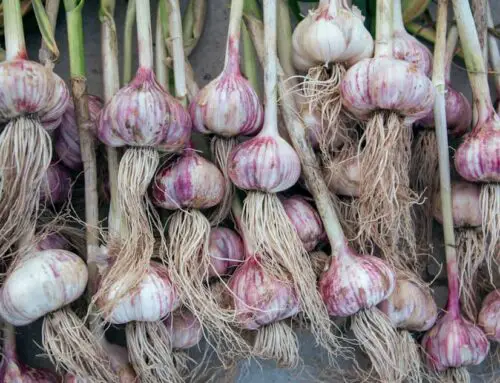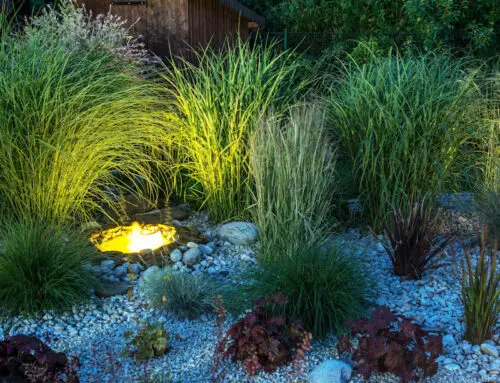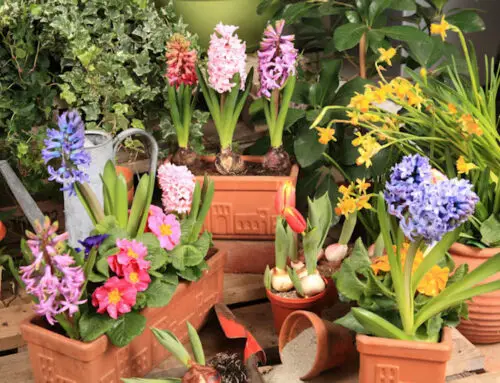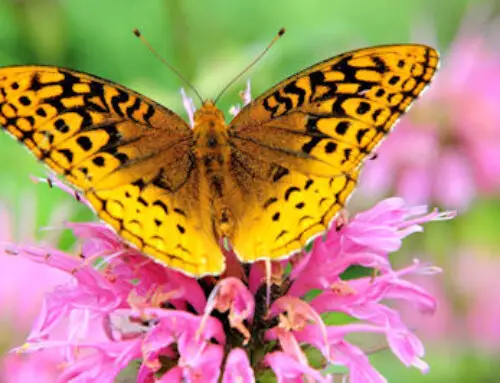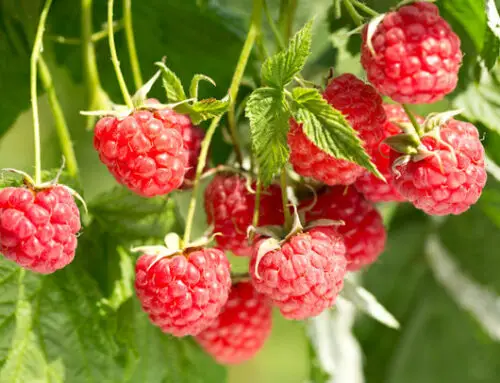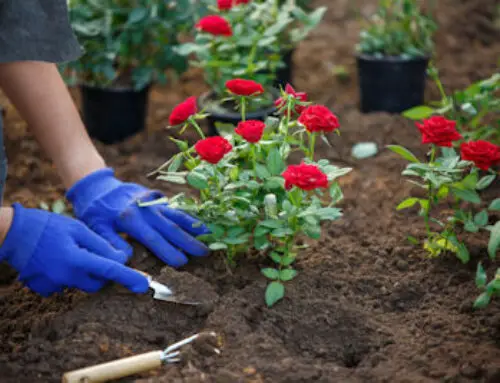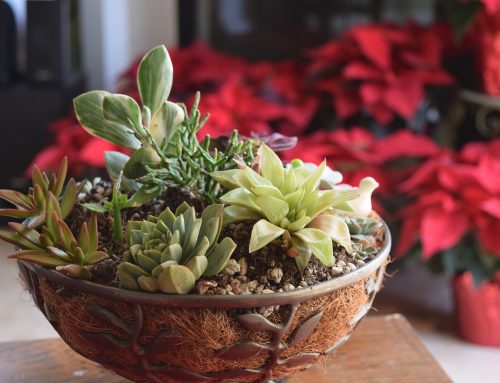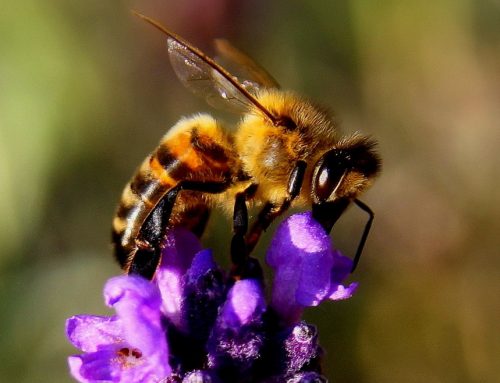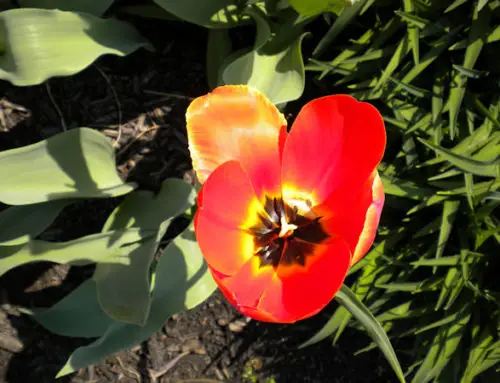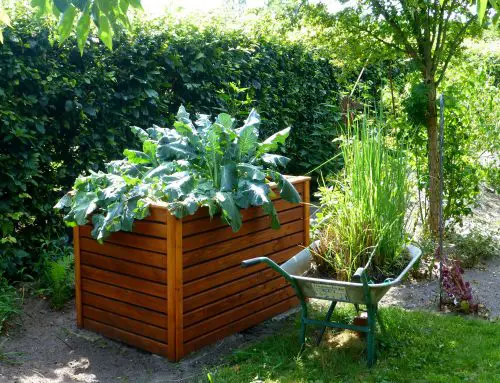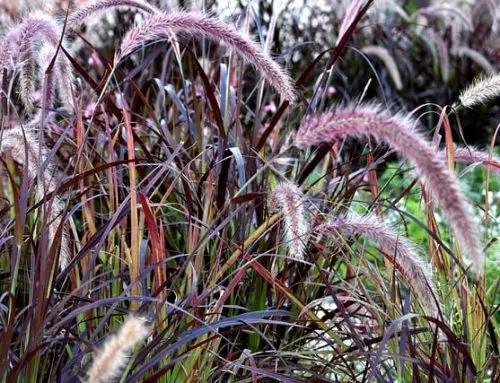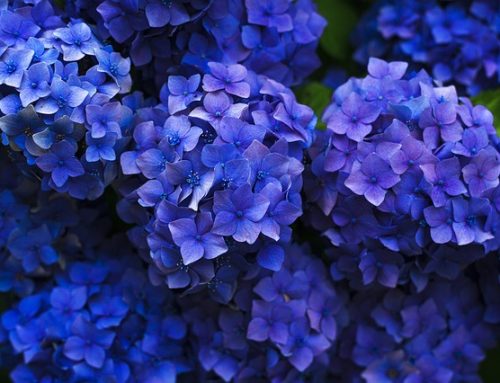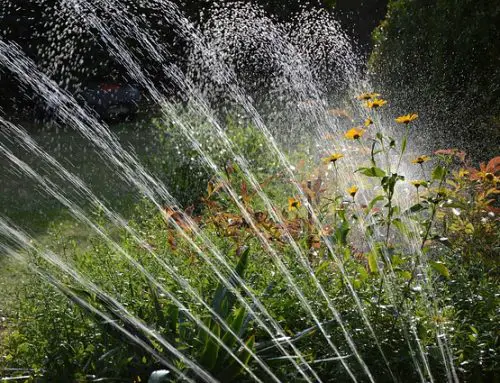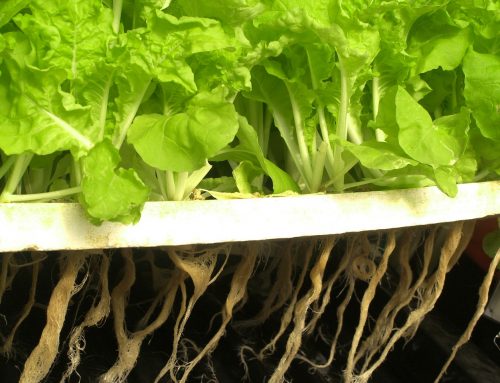Plant diseases take the fun out of growing a garden which can be extremely fulfilling when seeing your hard work pay off.
Taking the time to work the soil beds, adding amendments, planting seeds/plants and then watching them grow through to harvest can instill a great sense of satisfaction.
But there are very few things more frustrating, and bewildering, than seeing garden plants succumb to garden pests and plant diseases. To fix them you need to diagnose the cause in order to treat the problem.
This plant disease list will hopefully help you identify and treat some common plant diseases.
What are the Different Types of Plant Diseases
Bacterial Leaf Spot
Miniscule, microscopic single celled organisms are the cause of the visible foliage damage associated with bacterial leaf spot. Early identification is crucial to save plants from extensive damage.
Bacterial leaf spot shows up on lettuce, beets, eggplant and pepper plants as dark, necrotic looking spots on foliage. When the bacterial disease attacks the leaf edges, leaves become papery and delicate often breaking off due to the dryness of the tissue.
Severe infestation will cause defoliation and severely impact the health of a plant. There are no recognized chemical treatments so prevention and control are important.
To prevent bacterial leaf spot make sure to rotate crops, plant disease resistant varieties and avoid overwatering. The best control method is removing infected plant parts to prevent the spread of bacterial leaf spot.
Blights
Early Blight
The beginning symptoms of early blight show up as small 1-2mm brown or black lesions on the fruit/stem/foliage of tomatoes, and the stem/foliage/tubers of potatoes.
If the conditions are conducive to progressing the small lesions will grow, forming the characteristic “bulls eye” pattern early blight is known for. These concentric rings are often surrounded by a halo of yellow tissue.
If lesions are allowed to worsen the entire leaf can become chlorotic and die. Lesions that form on fruit/tubers appear leathery in nature, often causing premature drop from the plant.
Preventative measures include a 3-year crop rotation, promoting good air circulation around the base of the plant, and/or applying a potassium bicarbonate solution to the plants and soil starting approximately two weeks before early blight symptoms occur.
Chemical controls are limited – a copper based fungicide being one of the few, albeit expensive, options – and it is highly recommended to remove infected plants entirely and dispose of properly.
Late Blight
Late blight also affects tomato and potato plants, spreading quickly and wreaking havoc on a stand of plants. As its name implies it occurs later in the growing season, most often after the plant blossoms.
Triggered by rainy, damp weather, late blight causes plants to rot and die if left untreated. Early symptoms look like grayish-green water spots on older leaves; as it matures the spots darken in color and a white fungal growth occurs on the undersides of foliage.
Like early blight the chemical controls are limited to expensive copper sprays that work best when the disease is caught early. Often times, an entire stand is infected and plants need to be removed entirely and then disposed.
Bacterial Blight
Similar in symptoms and treatment to late blight in tomatoes and potatoes, bacterial blight is a fungal disease that affects legumes in Eastern and Southern North America.
Symptoms appear on foliage and pods as grey water spots that eventually turn necrotic and drop out of the leaf tissue. To control plant resistant cultivars in a 3-year plant rotation; remove and dispose of infected plants to prevent spread to other plants.
Damping Off
Soil borne fungi cause damping off in wet, cool conditions. Seeds or seedling are typically affected by the pathogens; seeds rot before germination or seedlings deteriorate immediately after emergence, causing them to fall over.
Damping off can be prevented by ensuring the soil is well amended with organic matter prior to planting, keep the soil damp but not waterlogged, encourage ample air circulation in seeding areas, and make sure the soil is warm enough for that specific seed before planting.
Downy Mildew
Downy mildew affects many vegetable plants, causing the growth of white or purplish “down” on the undersides of foliage. The top side of older leaves may demonstrate patches of white or yellow.
Symptoms of downy mildew are exacerbated in cool, wet weather prone to occur in early spring and late fall. Downy mildew affects many vegetable crops and prevention is a critical management method.
Plant resistant varieties if they exist, water the roots of plants early in the day, avoid overwatering, encourage good air circulation around the base of susceptible plants, and apply copper spray as a preventative every 7-10 days when the weather is cool and wet.
Infected plant tissues should be quickly removed and disposed of in an area away from the garden, to reduce contamination of other plants.
Fusarium Wilt
A soil borne pathogen that affects nightshade plants such as tomatoes, potatoes, eggplant and peppers, fusarium wilt is commonly found in gardens all across North America.
The plant disease enters through plant roots and interferes with the vessels within the plant that are responsible for water transport. Once in the plant, fusarium wilt spreads up the stem and into the leaves, restricting water flow. Without proper water the foliage wilts and turns yellow.
This fungal disease is more rampant in hot, dry weather and can survive for years in the soil. The best methods of control are to remove affected plants quickly and dispose of them away from the gardening area. Also make sure to sterilize gardening implements with a dilute bleach solution to prevent transferring the disease.
There are some fumigants available to treat fusarium wilt but many require professional application, making them a costly solution. If the disease persists in a garden area, it may be necessary to sterilize/solarize the soil to kill the pathogens.
To do this remove all plant materials and cover the bare ground with black or clear plastic. Allow the plastic to sit on the soil for 4-6 weeks during the hottest part of the summer; the intense sun and heat generated will kill fusarium wilt.
Mosaic Virus
Mosaic virus is a viral disease found all across the United States that affects a wide range of horticultural and vegetable crops: roses, beans, tobacco, tomato, potato, cucumbers, and peppers.
Some of the symptoms include yellow, white or green stripes/streaks on foliage, pronounced yellowing of foliage veins, wrinkled/curled or stunted leaves, overall stunting of plant growth and reduced yields.
Mosaic virus spreads through the feeding of insect pests and has no cure once a plant is infected. The only treatment option is to remove and destroy anything infected.
To minimize infection prevent resistant plant varieties, spot treat with diatomaceous earth around plants as preventative pest control, and avoid using tobacco around susceptible plants as it may harbor the virus.
Powdery Mildew
The most common, widespread fungal disease in plants, powdery mildew attacks vegetable plants, ornamental species, and fruit trees. Hot and dry summer weather favors its spread and it can be difficult to control.
Powdery mildew is easy to diagnose; it presents itself as patches of white or light-grey, talcum-like powder on plant leaves and stems. Planting mildew resistant plants, giving them plenty of room for air circulation around the base, and watering the root system – avoiding the foliage – early in the day are great preventative methods.
If plants fall victim to this plant fungus, quickly remove and discard infected plant tissues, making sure to not spread fungal spores to other garden/yard areas. Some sources recommend spraying infected plants with a combination of neem oil and soap, mixed in water, but the results vary.
Rusts
Common rust is a fungal disease typically found on a variety of mature plants: roses, hollyhocks, lilies, snapdragons, tomatoes, beans and lawns. Rust looks like its name implies – reddish-orange spots made up of masses of fungal spores on older, lower leaves of the plant.
If untreated these spots can turn yellow to black, deform the entire leaf, and in worse case scenarios cause leaf drop. Garden areas receiving low light (4-8 hours of low intensity sun) are more susceptible to rust diseases; especially when the climate is warm/hot and humid.
Cultural methods are the most effective methods of control/prevention: keeping weeds out of the garden bed, allowing good air circulation around the base of plants, watering early in the morning, removing infected leaves when the disease is spotted.
An application of neem oil such as #ad Organic Neem Bliss 100% Pure Cold Pressed Neem Seed Oil – (16 oz) High Azadirachtin Content – OMRI Listed for Organic Use can kill rust spores on the plant and works well if the disease is caught quickly. Copper sprays and sulfate powders also work well if applied early.
Plant diseases can quickly spread and cause major damage if left untreated and allowed to proliferate in a garden area. Often times there are limited chemical options available for treatment of plant diseases, so preventative methods become even more important for plant disease control.
A handful of best management practices can help to reduce the risk of infection.
Purchase resistant varieties of plants if available, keep garden area free of weeds and debris, water the base/roots of plants early in the day while avoiding overwatering, maintain good air movement around the base of plants and promptly remove and dispose of infected vegetative matter to minimize the spread of infection with these plant diseases.

